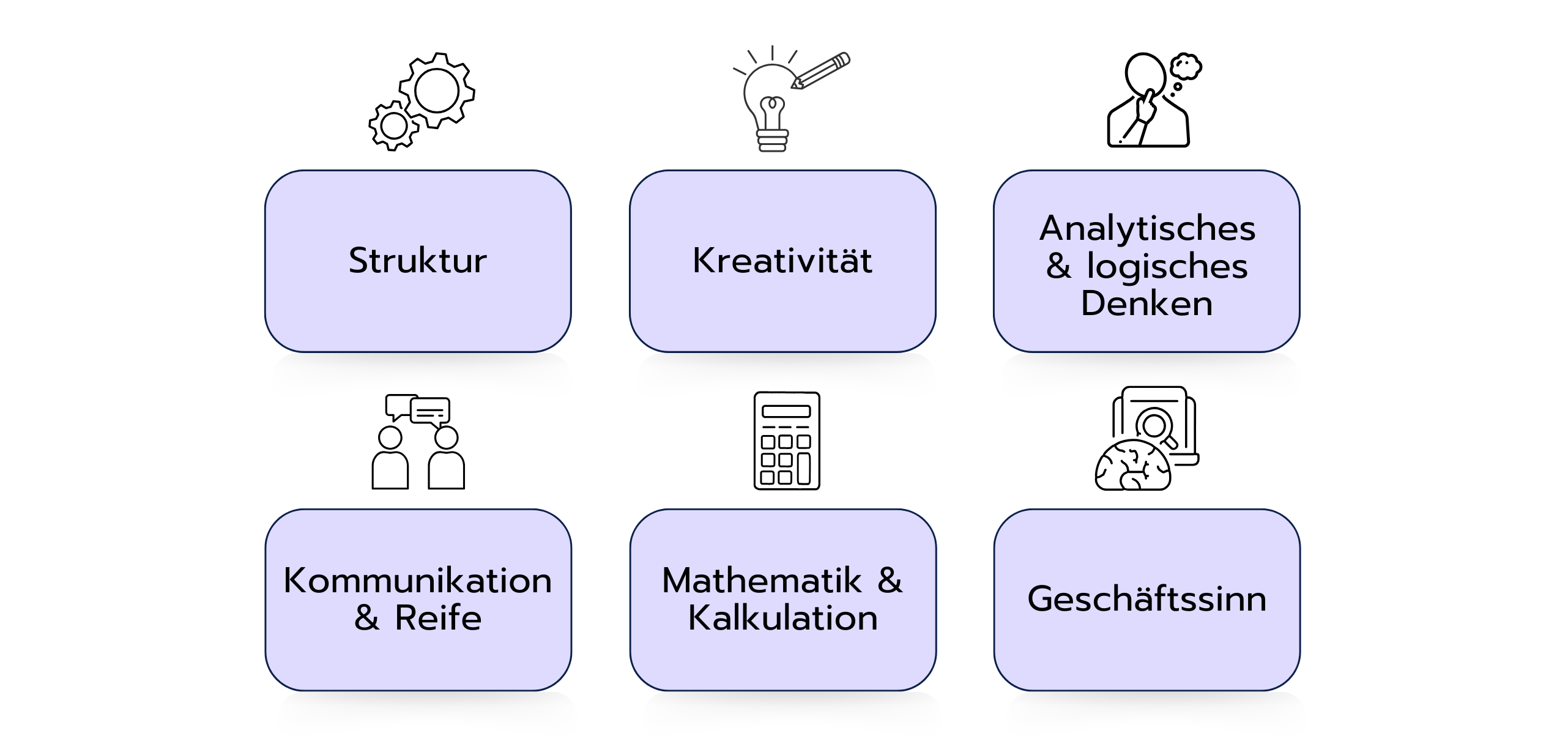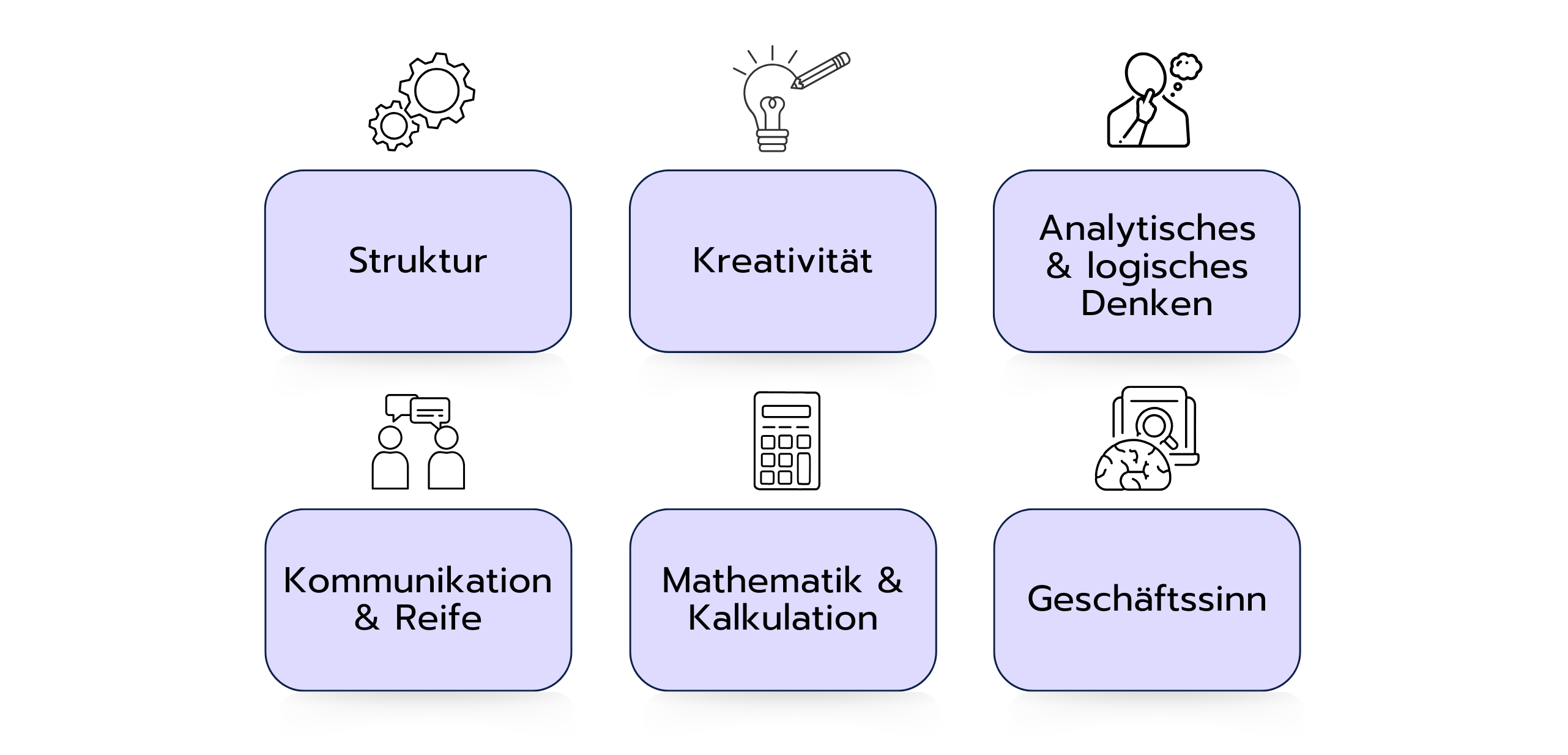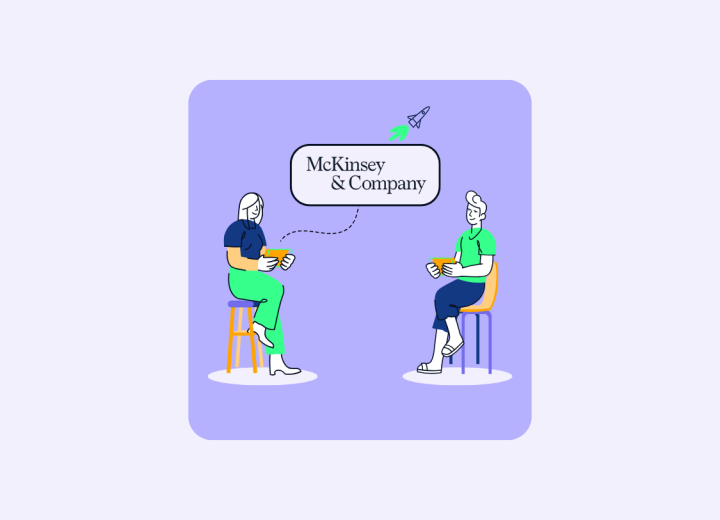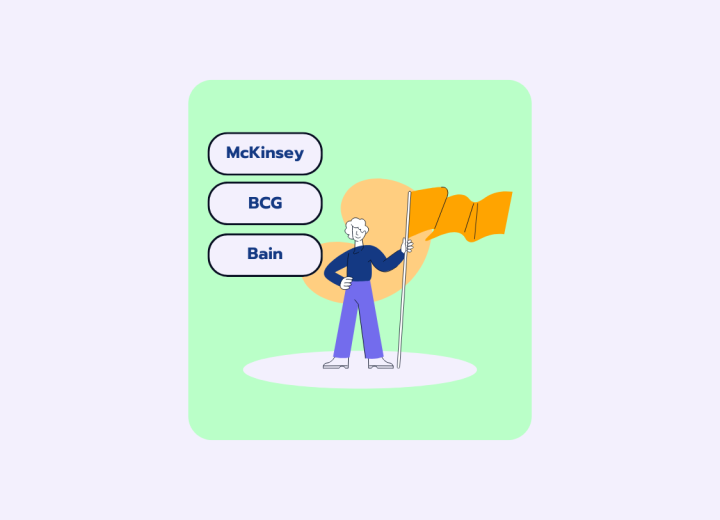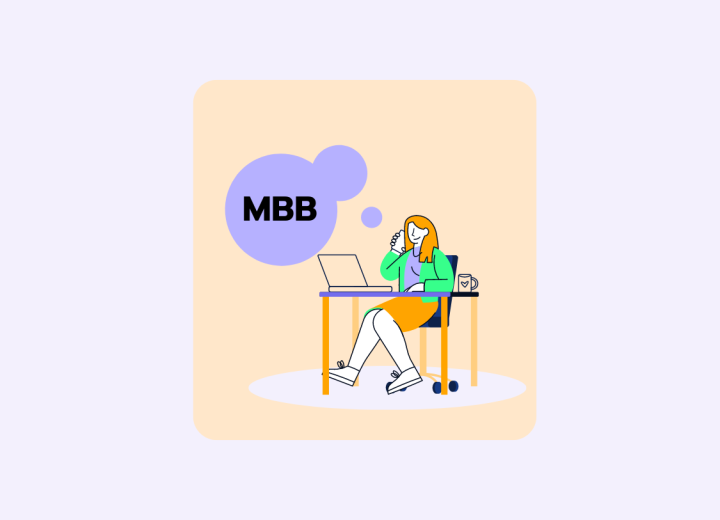Das McKinsey Case-Interview, das von der Firma als Problem Solving Interview bezeichnet wird, ist oftmals die größte Herausforderung für Bewerber:innen im Rekrutierungsprozess bei McKinsey. Unter allen Beratungsunternehmen gilt es als das gefürchtetste, da McKinsey einen großen Anteil der Bewerber:innen während des Case-Interviews aussortiert.
Der Case spielt eine entscheidende Rolle bei der Bewertung der Bewerber:innen, neben dem Personal Experience Interview (PEI). Tatsächlich garantiert eine gute Leistung im Case-Interview leider noch kein Angebot. Vielmehr müssen Bewerber:innen klare und konsistente Leistungen in allen Interviews zeigen. Das ist der Grund, warum nur ein winziger Prozentsatz der Interviewten das gewünschte Angebot erhalten wird. Forbes hat McKinsey unter anderem deshalb als das schwierigste Unternehmen für Bewerbungsgespräche eingestuft.
Leider stellte unser Coach Florian fest, dass die Informationen zum Bewerbungsprozess bei McKinsey und speziell zu den Case-Interviews oft falsch, veraltet oder als gleich für jedes andere Beratungsunternehmen angenommen werden.
In diesem Artikel möchte Florian etwas Licht auf dieses oft besprochene und noch öfter missverstandene McKinsey-Interview werfen, indem die diese Fragen beantwortet werden:
- Was ist das McKinsey Problem Solving Interview?
- Welche Fähigkeiten werden in einem Case-Interview bewertet?
- Wie ist das Format eines McKinsey Case?
- Welche Fragen sind typisch in einem McKinsey Case-Interview?
- Wie unterscheidet sich das McKinsey Case-Interview von anderen Beratungsunternehmen?
- Wie solltest du dich auf ein McKinsey-Interview vorbereiten?
Bitte beachte, dass wir den Text aus dem Englischen übersetzt haben. Den Original-Artikel findest du hier.

